COX’s Cultural Vision for Museums of the Future

Museums are not just places for preservation, but spaces for participation. Whether a national institution or a regional gallery, each cultural project begins with a shared belief: museums must respond to place and community with authenticity, purpose, and care.
In a time of rapid change and global connection, the role of the museum is shifting. No longer confined to exhibition halls and glass cases, they’re stepping more confidently into public life—regenerating cities, elevating marginalised voices, and creating spaces where people can gather, reflect, and belong.
In our latest research paper, Cultural Vision for Museums of the Future, we explore how museums are evolving into platforms for transcultural dialogue. The paper is structured in three parts: an overview of the role of museums today, including key industry statistics on museum numbers and visitation; an examination of the impacts of globalisation and the challenges and opportunities facing the sector; and a review of COX’s seminal museum projects, assessed against critical success factors for contemporary museum design.
COX Head of Research, Dr. Jacqueline Baker
This research explores how, across decades and the globe, COX has helped shape a museum typology that is not only place-based and participatory but prepared for the challenges ahead. Whether through adaptive reuse, co-design, or precinct-scale thinking, we see the museum of the future as being fully inclusive—moving beyond plural storytelling to embrace truth-telling and representation of diverse voices and histories.
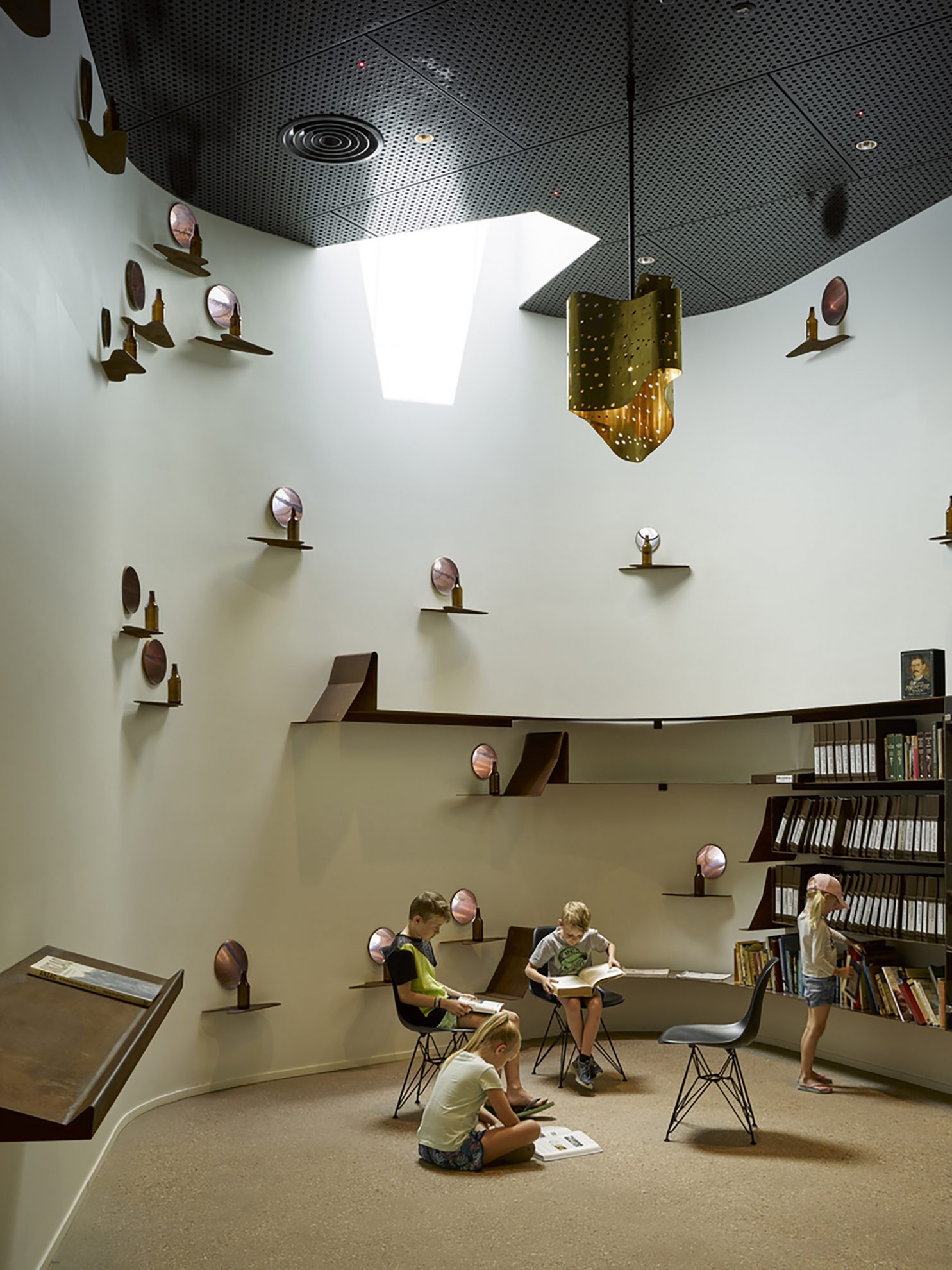
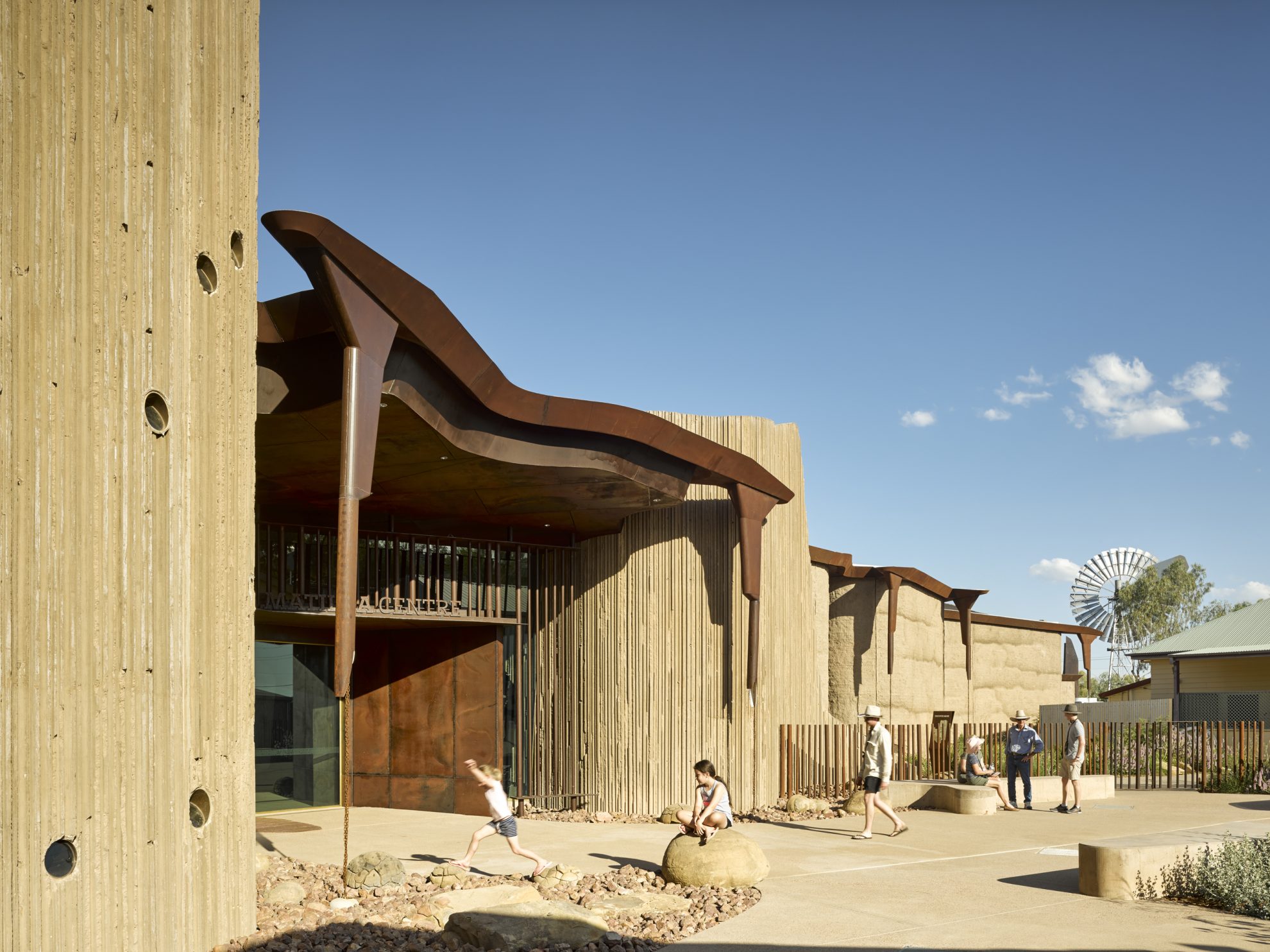
Waltzing Matilda Centre
Cultural Buildings That Give More Than They Take
The starting point for any cultural project must be ‘place.’ By responding to context – environmental, cultural, and social – we shape outcomes that are bold yet grounded. As Director Richard Coulson notes, “Unless we understand the site, we don’t really know how we might start a project.”
Designing in dialogue with place is more than a philosophy, it’s a process. Working collaboratively across geographies and disciplines allows us to create cultural buildings that are embedded in the fabric of the communities they serve. They are civic places, part of the everyday rhythm of public life. As Director Steve Woodland puts it, “The good cultural buildings now are very much entwined with the daily fabric and life of the city.”
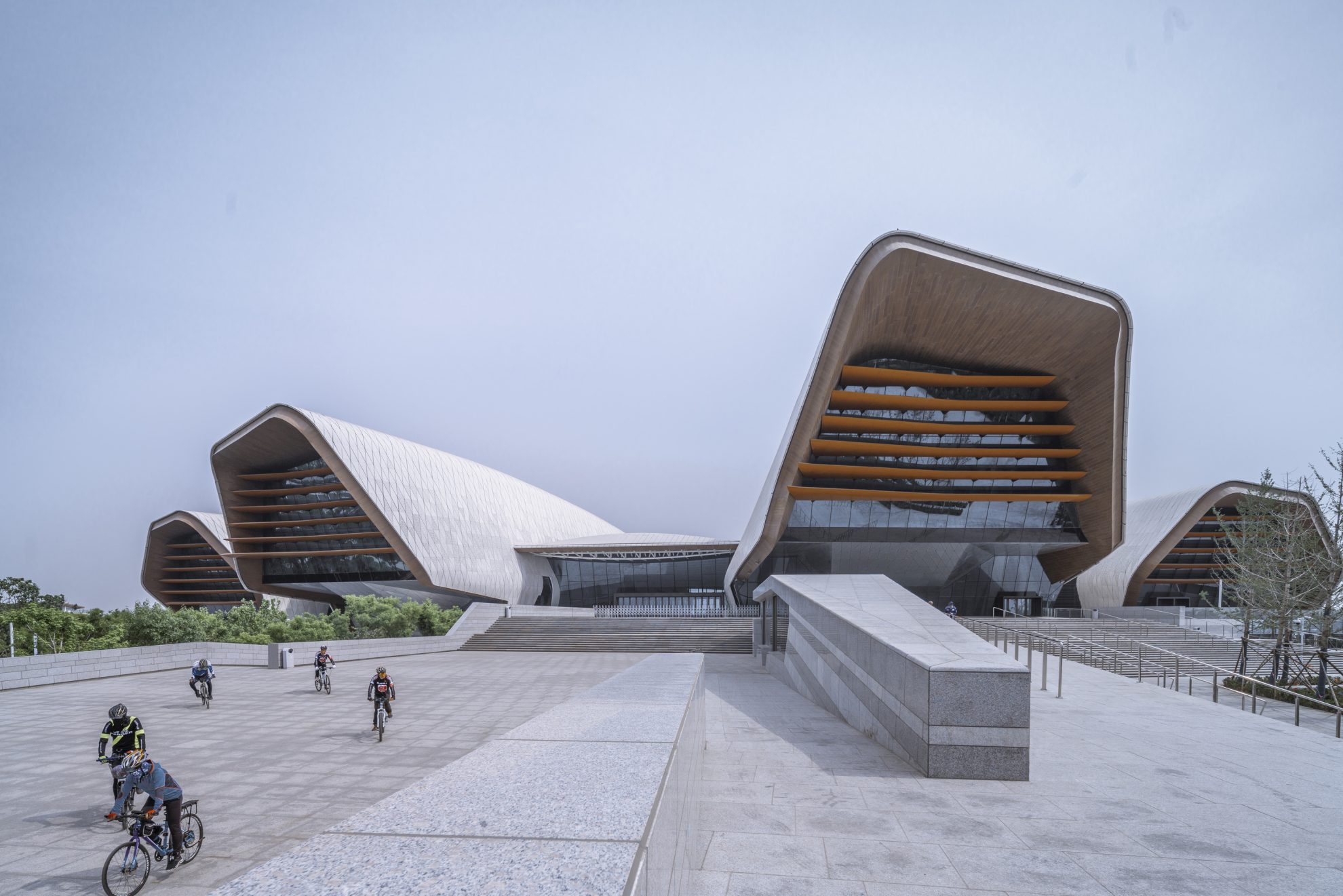
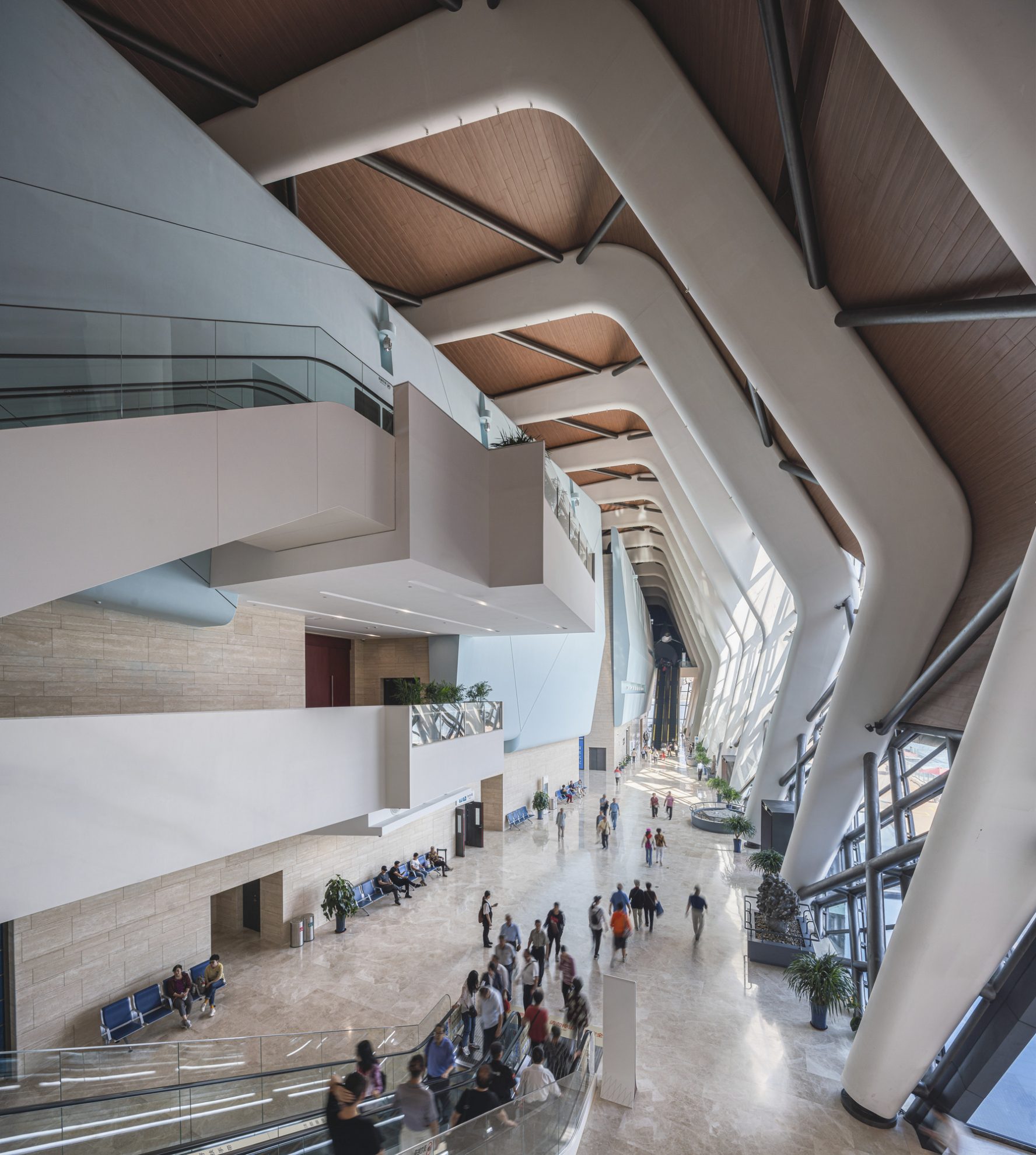
National Maritime Museum of China
Also increasingly, museums are being seen as networks—of precincts, partnerships, and digital extensions. This decentralised model offers new ways to activate urban space and expand public reach.
“[Museums now] have a presence right through the CBD and public spaces,” says Director Joe Agius. “They become part of the DNA of the city.”
In this form, museums carry soft power. They shape identity, foster belonging, and offer platforms for exchange. And while these effects may be intangible, their influence is felt – in tourism, funding, and the long-term vitality of our cultural life.
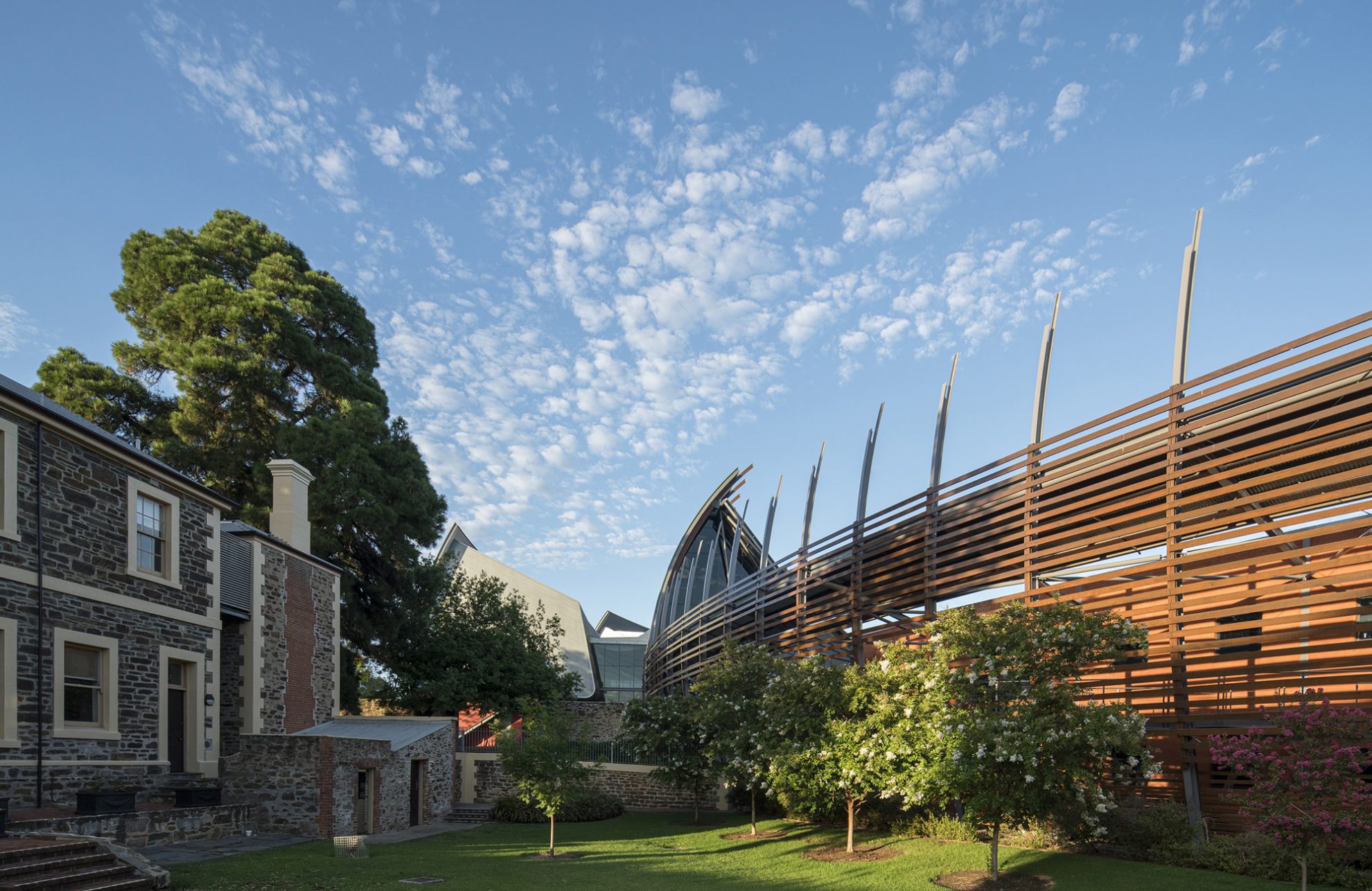
National Wine Centre
Resilience, Reuse, and the Long View
As museums face growing environmental and financial pressures, adaptability is key. The institutions of the future will need to evolve with shifting curatorial needs, audience expectations, and resource constraints.
This is where design becomes strategic. COX embeds resilience into every phase of a project, designing flexible spaces, reducing embodied carbon, and planning for long-term operational efficiency.
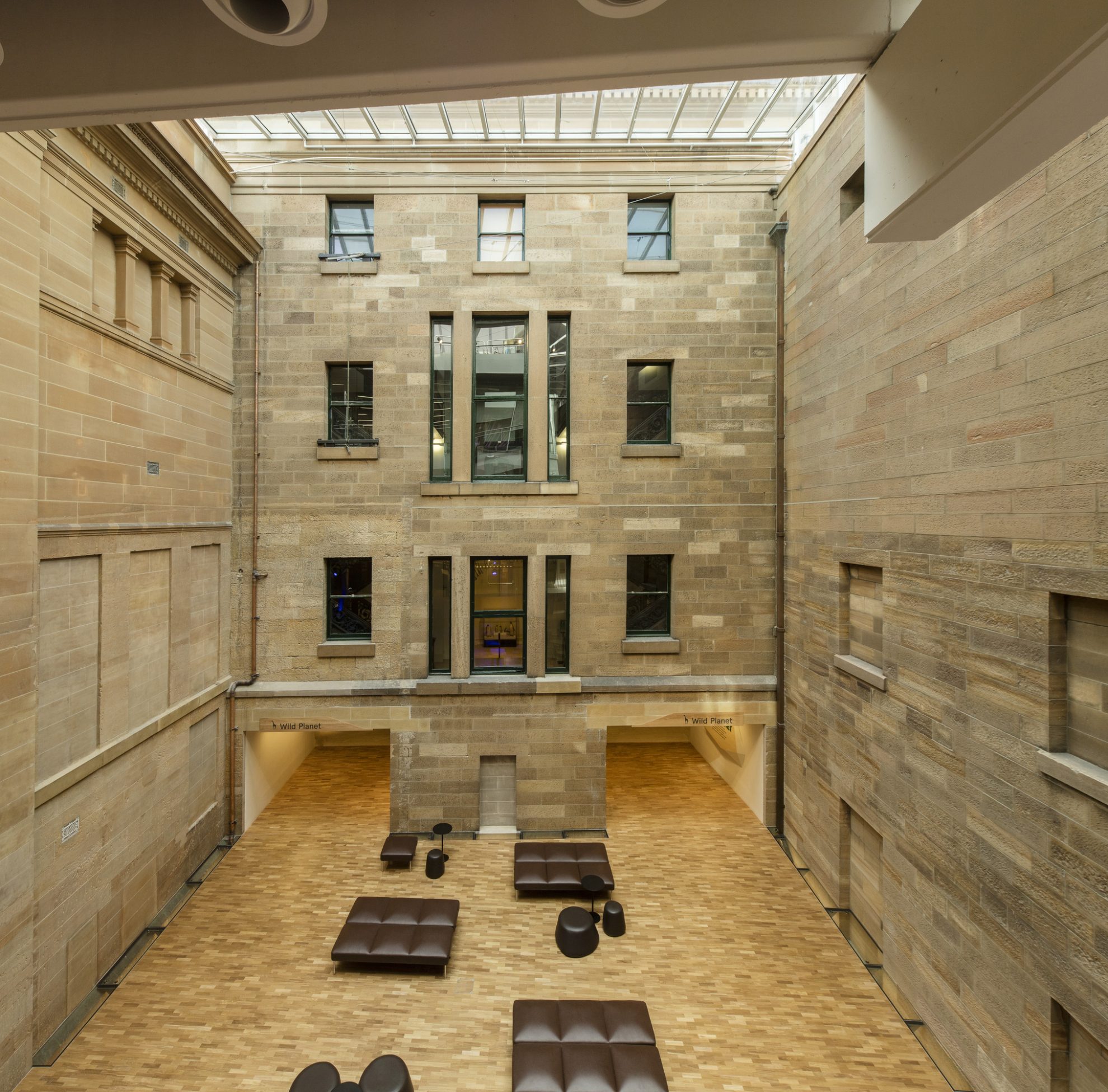
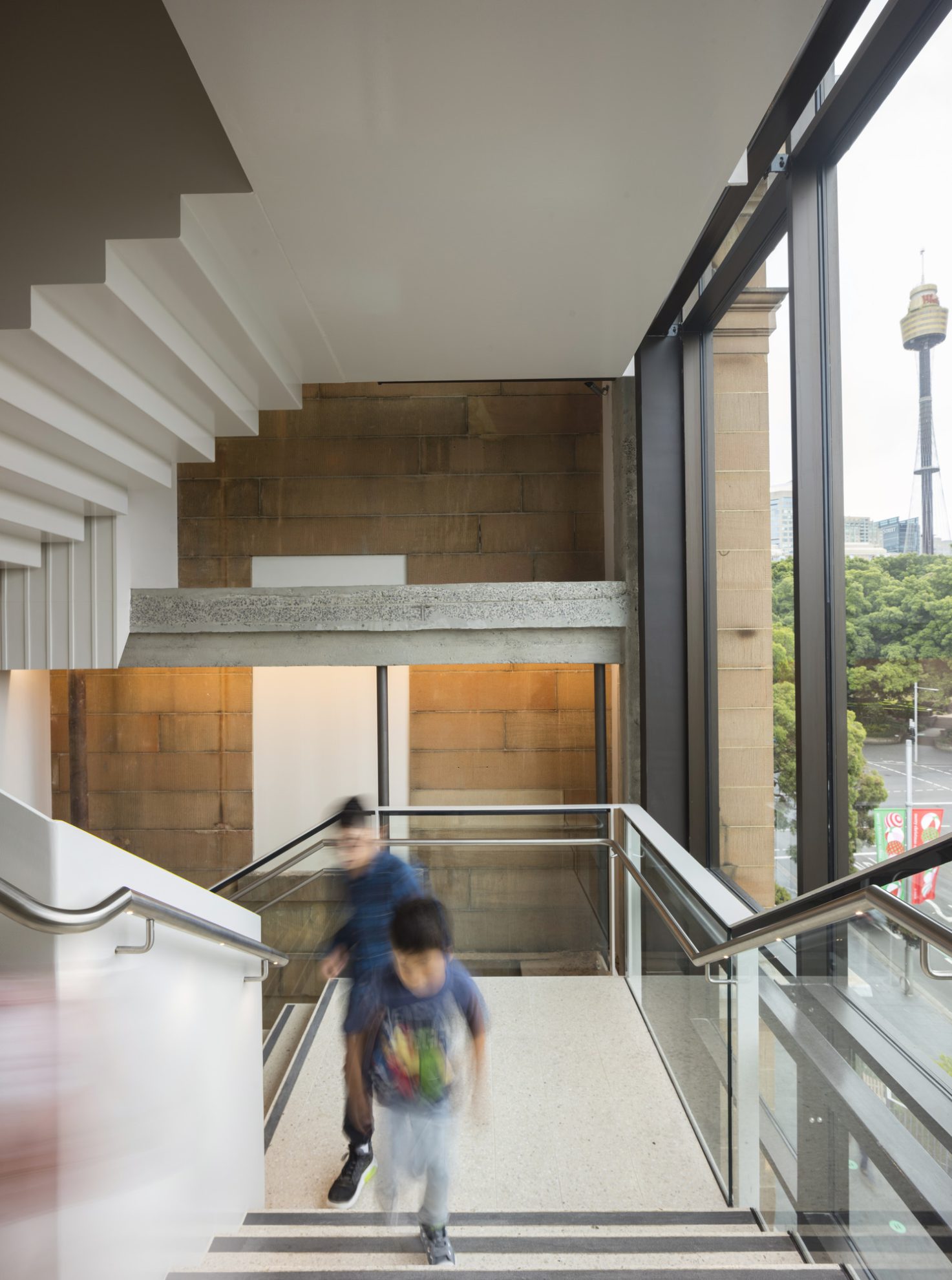
Australian Museum Project Discover
Adaptive reuse plays a growing role in this vision. By working with what already exists, we preserve historic character while introducing new meaning. The Australian Museum is one such example, where a central atrium reconnected previously disjointed buildings, opening up circulation and improving accessibility without erasing the past.
The Business of Museums
Behind every exhibition is a business case. Museums must balance their cultural mission with financial sustainability through touring shows, immersive programming, philanthropic support, and commercial partnerships.
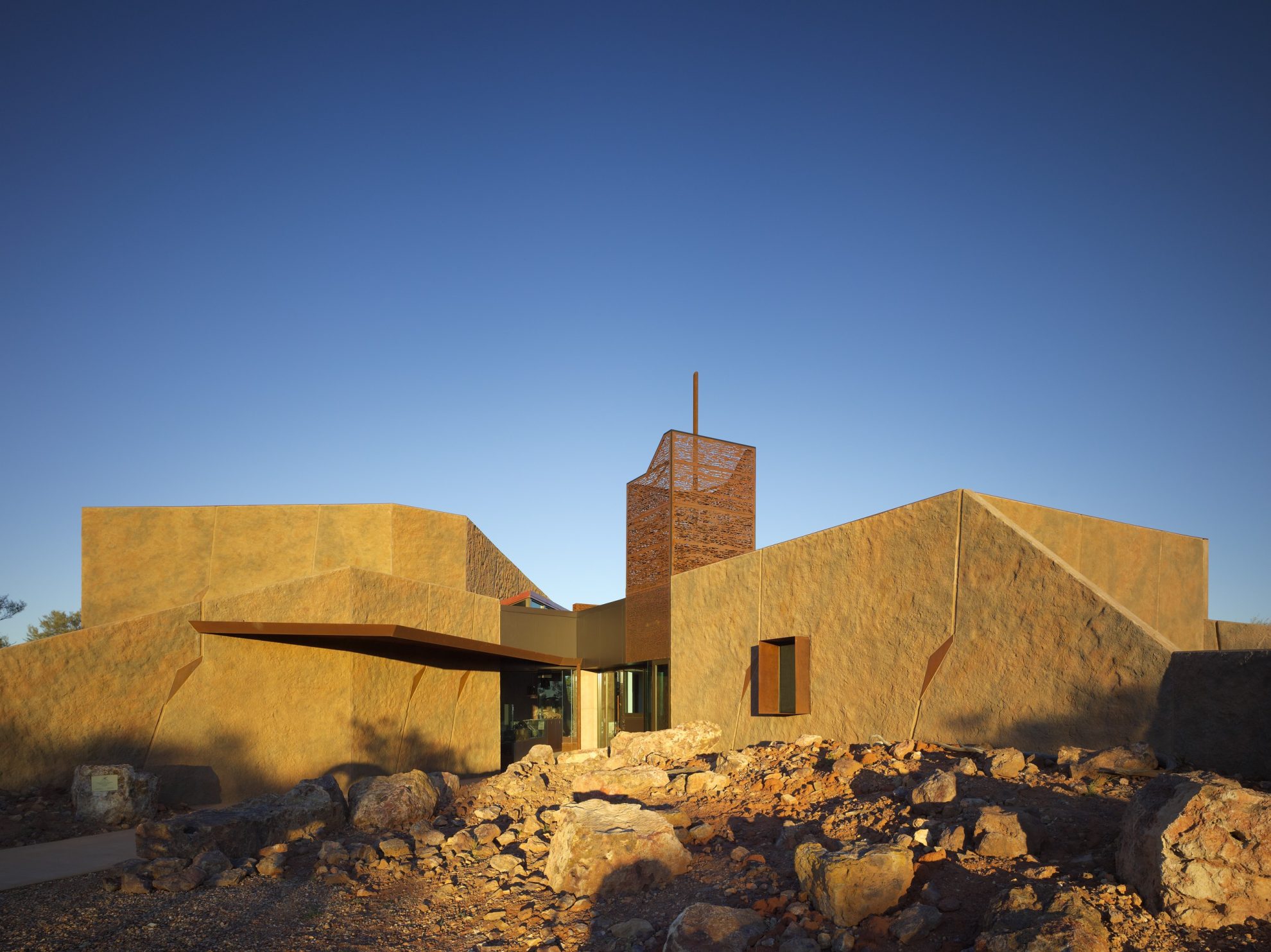
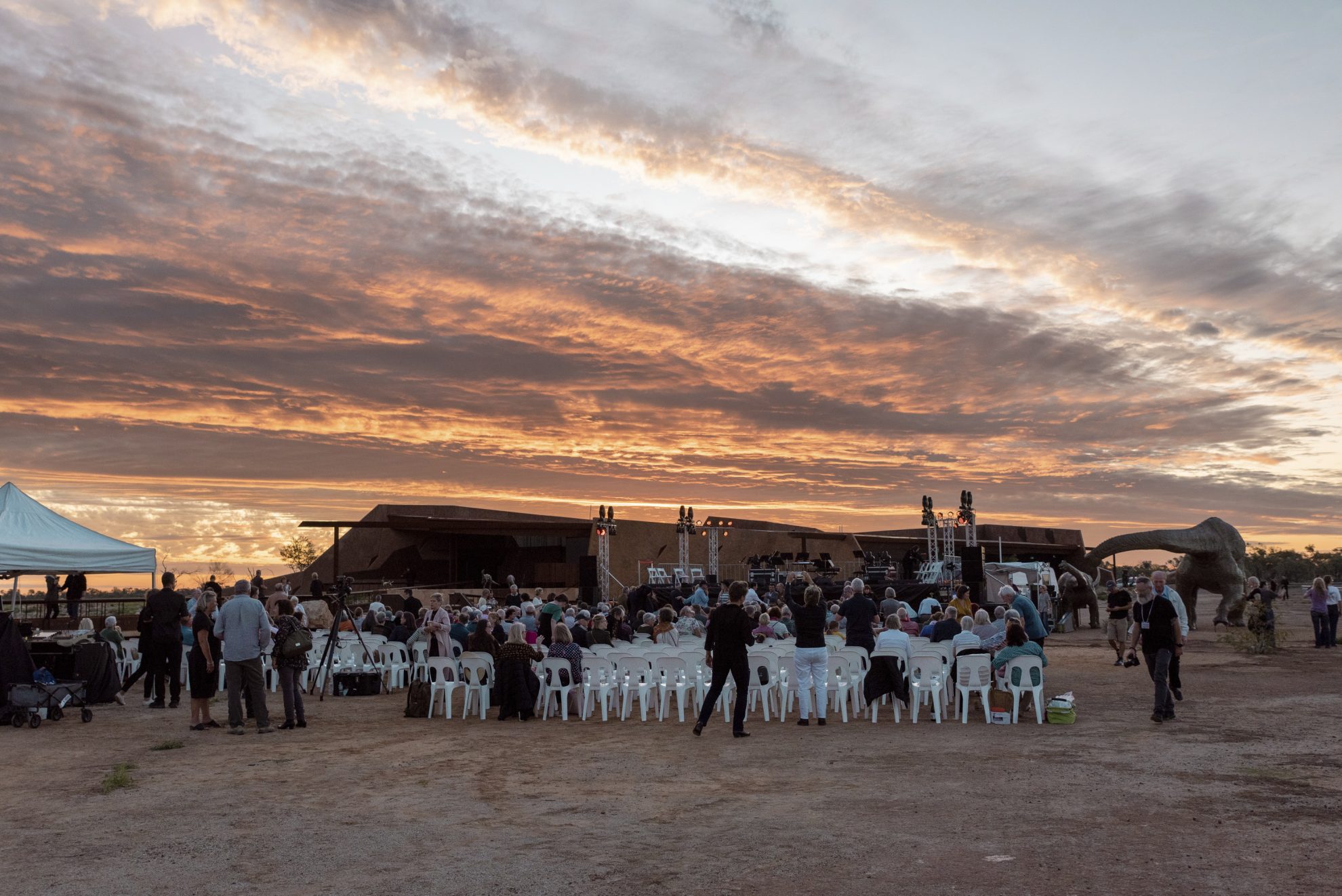
Australian Age of Dinosaurs Museum
From major metropolitan museums to small regional galleries, cultural institutions today face the challenge of being both meaningful and sustainable. For many, success isn’t found in scale, but in authenticity, embracing local identity and telling stories rooted in place.
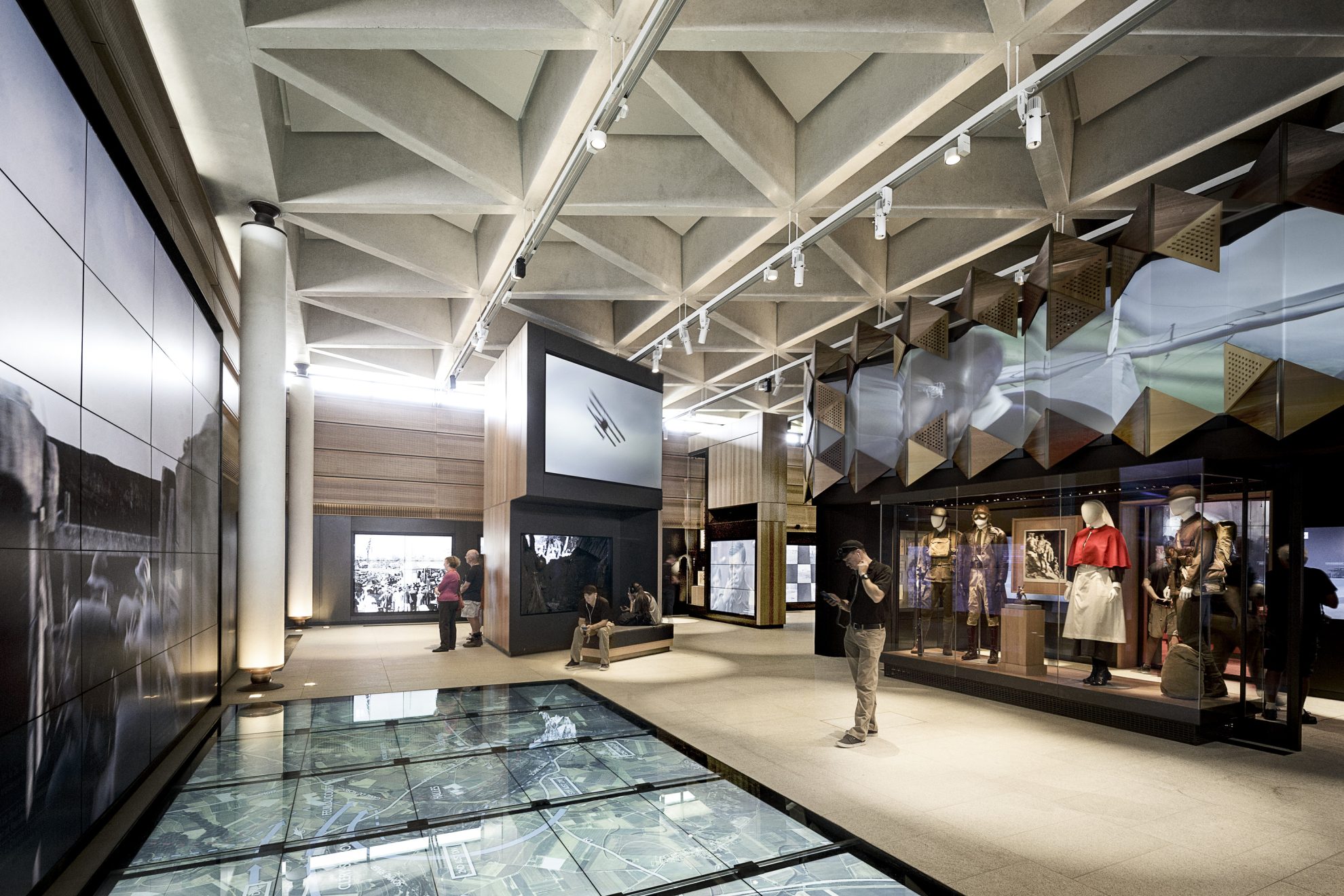
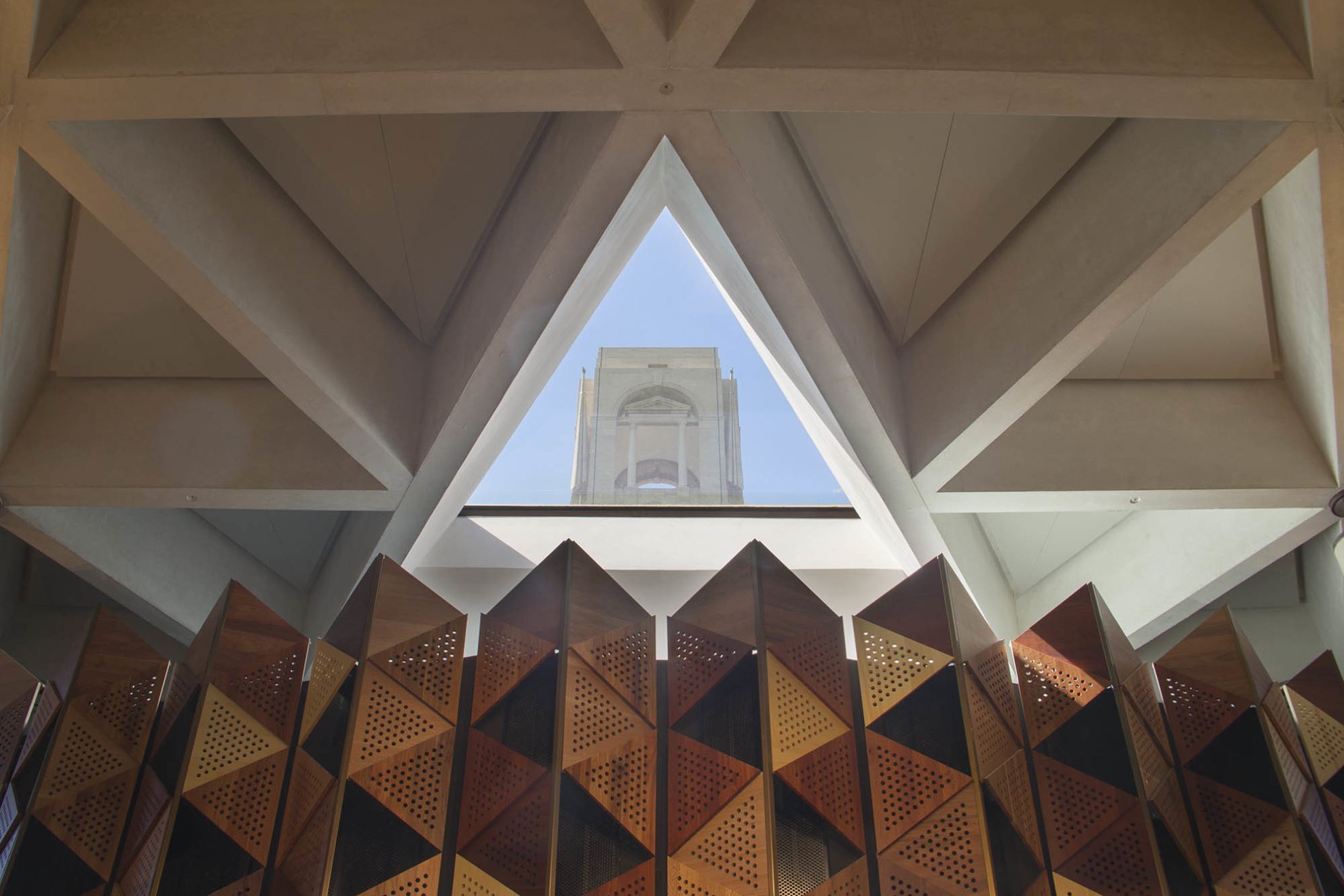
Sir John Monash Centre
From major metropolitan museums to small regional galleries, cultural institutions today face the challenge of being both meaningful and sustainable. For many, success isn’t found in scale, but in authenticity, embracing local identity and telling stories rooted in place.
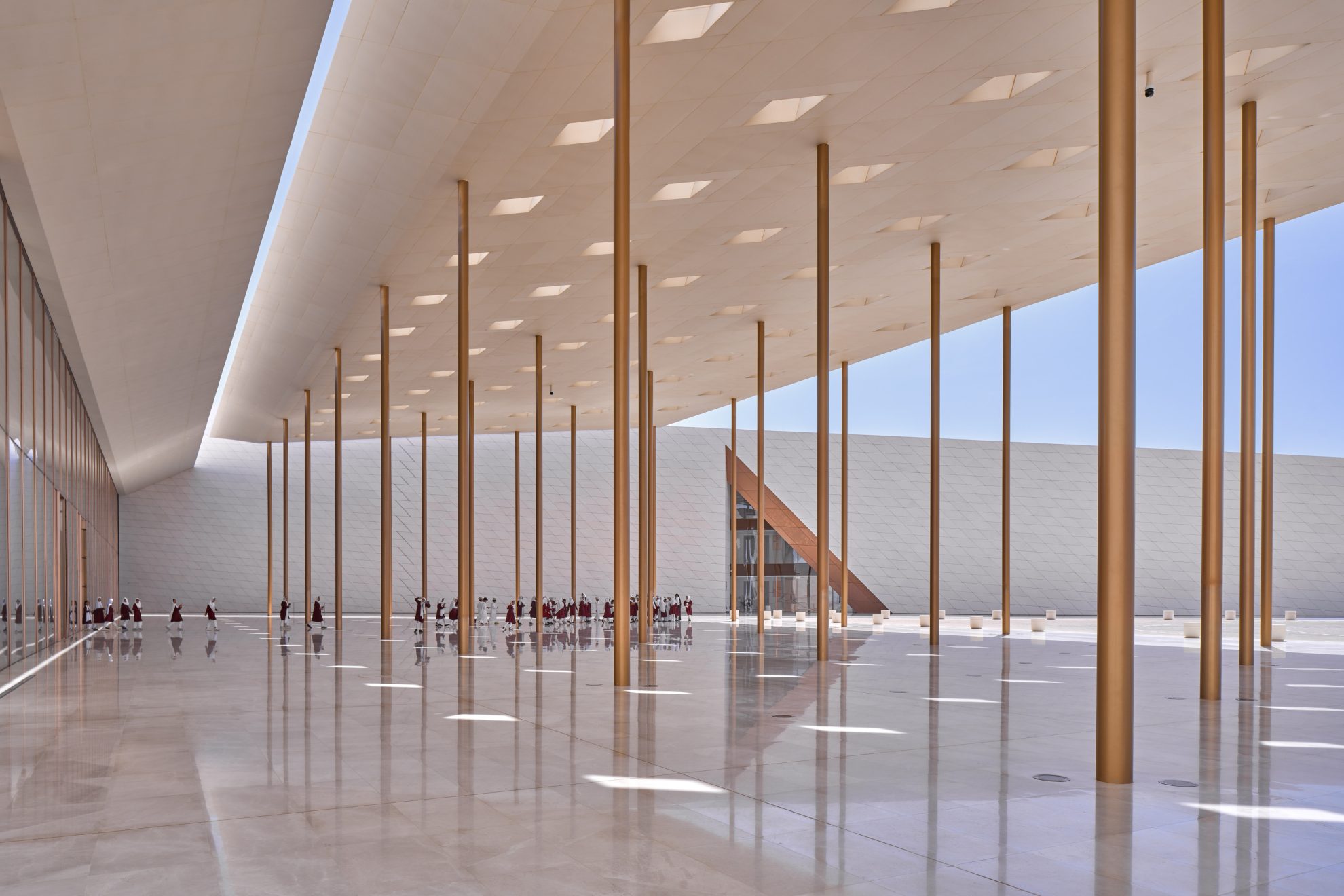
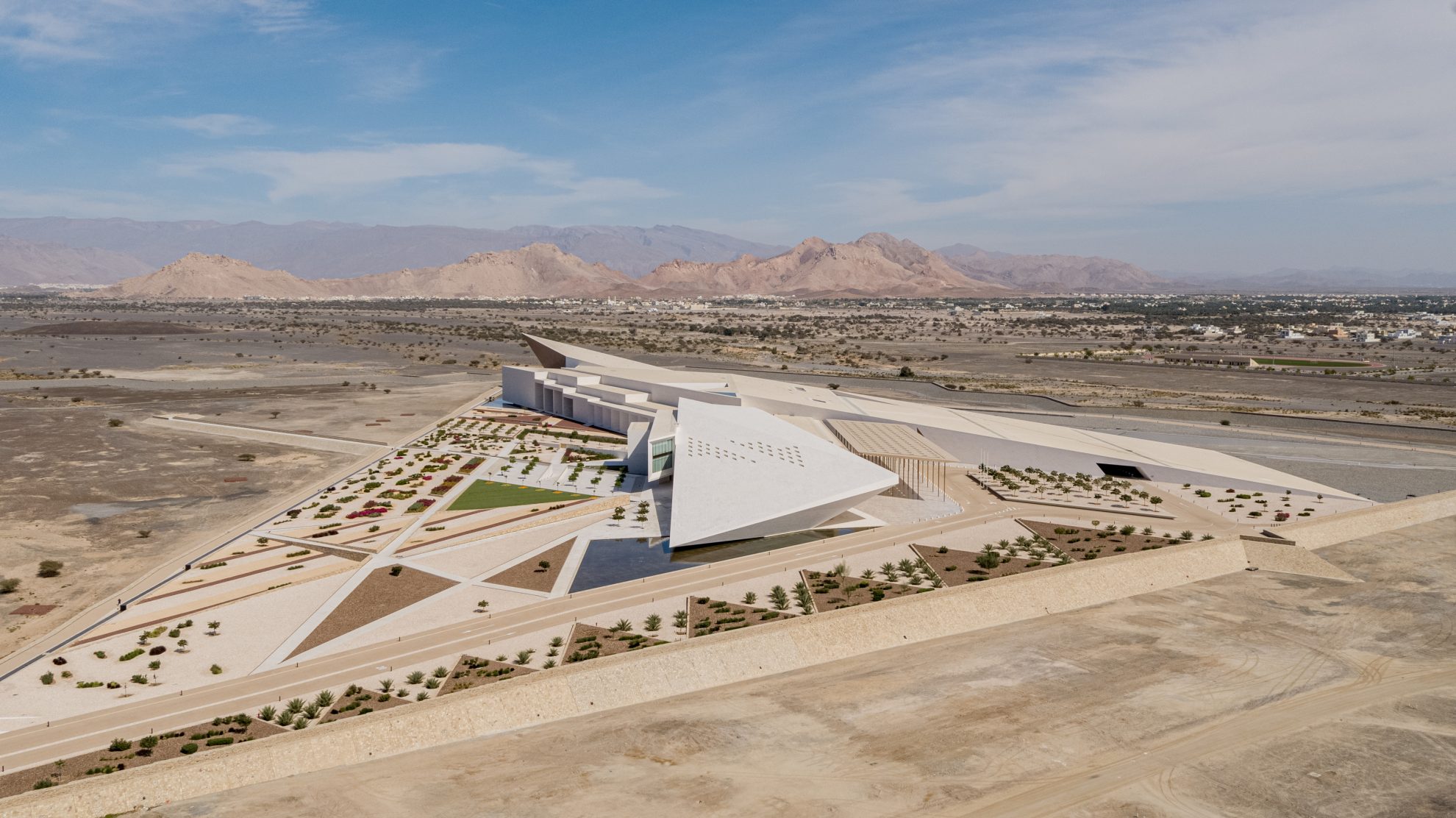
Oman Across Ages Museum
Truth-Telling and Inclusive Design
Today’s museums must interrogate culture. That can often mean confronting truths, particularly in Australia for First Nations perspectives that have long been underrepresented or overlooked.
As Joe Agius recalls, “There’s an exhibition at the Australian Museum about the First Fleet, but it’s told from an Indigenous perspective. It’s confronting, but it’s the untold story. It’s a different kind of problem solving for architects.”
Designing with this in mind calls for humility, collaboration, and care. It also demands a commitment to inclusivity, not just physical accessibility, but emotional and intellectual openness.
“Cultural participation is fundamental to social inclusion,” says COX Director Pete Sullivan. “The Australian War Memorial’s redevelopment was shaped by accessibility and diversity—supporting not just physical access, but ensuring all Australians are represented, including those previously left out of the national narrative.”
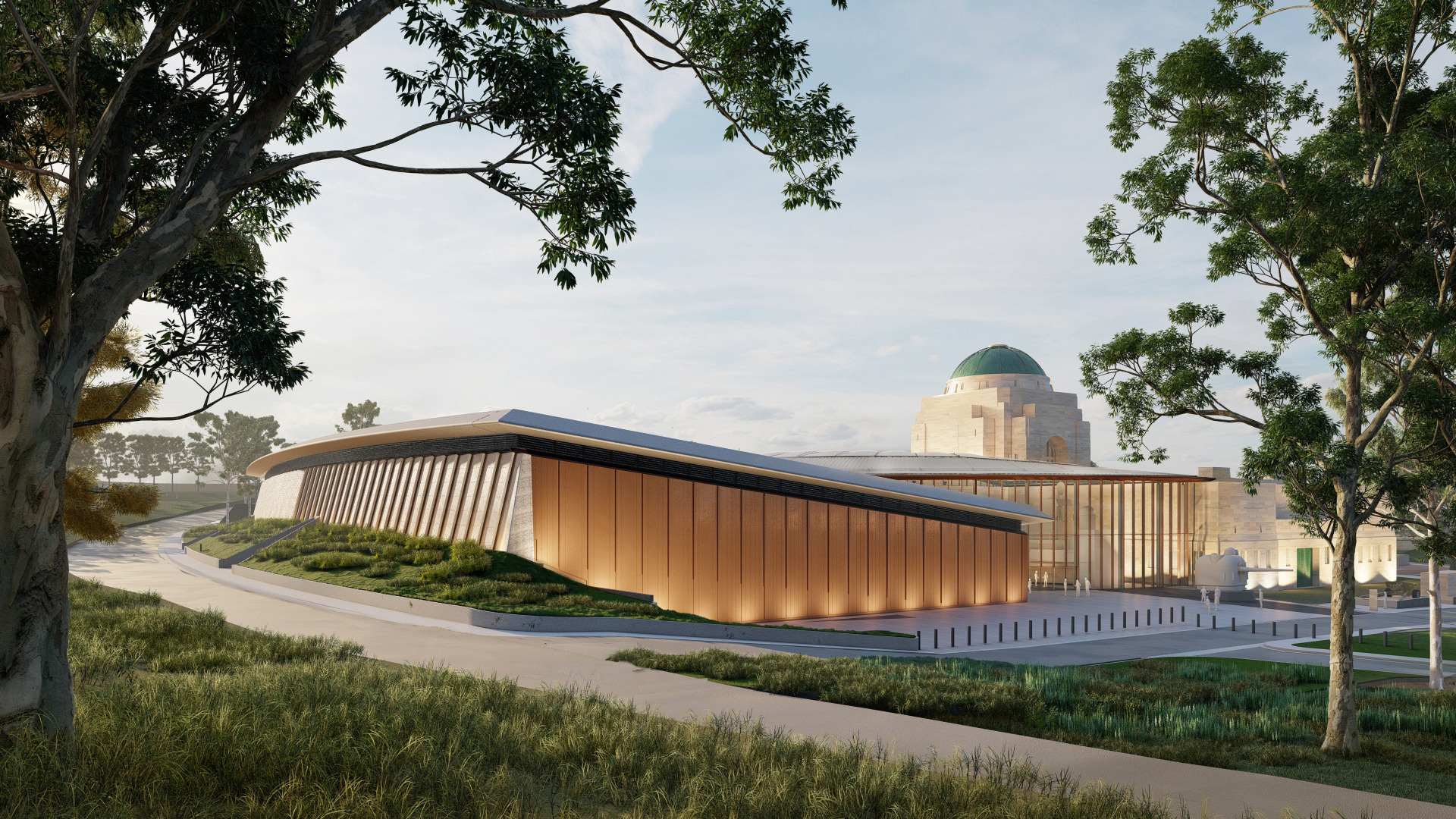
Australian War Memorial
Our vision for Museums of the Future is not about spectacle. It’s about substance. These spaces should be inclusive, contextually anchored, environmentally conscious, and economically durable. Most importantly, they must be truthful – creating room for complexity, for challenge, for change.
Access the paper here: